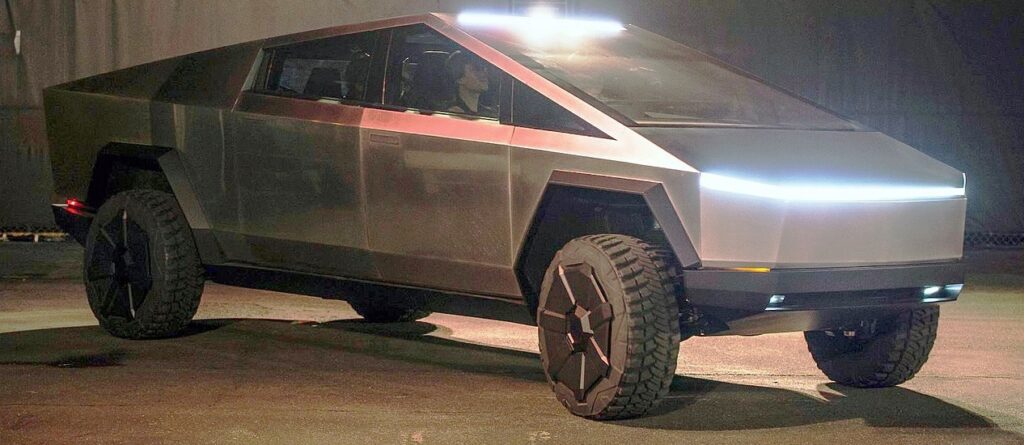
Ah, the 1980s, the time of neon leg warmers, cassette tapes, and cars that were as bold as the hair was big. Whether you were cranking “Take on Me” on the radio or pulling into the local drive-in, cars framed the memories and excitement of the time. This was a decade where neon was king, big hair was mandatory, and cars were more about “making a grand entrance,” less about blending in. Flashback to the ’80s, a time when hair was big, music was loaded with synthesizers, and cars? They were nothing short of legendary. We loved them then, and we still do now.
But here’s the kicker: while some machines became bonafide legends, gracing bedroom posters and arcade games, others have slipped through the cracks. The 1980s produced some truly distinctive and memorable cars that only true gearheads can appreciate. These vehicles, often overlooked by the general public, stand out for their unique designs, innovative technology, and performance, quietly making their mark on automotive history. If you think you know your cars, prepare to have your memory jogged.
So buckle up, pull up your Members Only jacket, and set your flux capacitor to 1.21 gigawatts — we’re about to dive headfirst into the totally tubular world of ’80s cars! Our list isn’t just a random assortment; it was shaped by cultural impact, design, popularity, and the legacy each car built. We wanted cars that captured the spirit of the ’80s—cars that were fun, bold, sometimes a little weird, and forever unforgettable. Let’s see if you can name them all correctly!
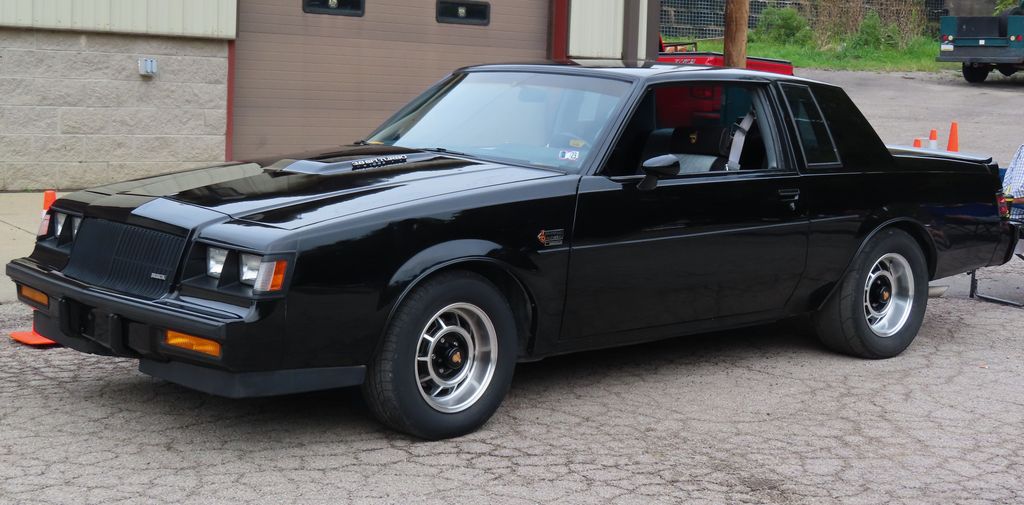
1. **Buick GNX**
In 1987, Buick unleashed a monster that made everyone rethink what American muscle could be. The Buick GNX was a limited-edition performance car that stood out for its turbocharged power and stealthy design. Dressed in sinister black, it was all business, letting its potent performance do all the talking. This car didn’t need loud paint or wild spoilers; it embraced a quiet menace that made it an instant legend among those in the know.
Under the hood, this beast packed a punch that could leave many fancy European sports cars in the dust. It featured a 3.8-liter turbocharged V6 engine, churning out an impressive 276 horsepower and a whopping 360 lb-ft of torque. With a 0-60 mph time of just 4.6 seconds, the GNX wasn’t just fast; it was one of the fastest cars of its era, even quicker than a Ferrari Testarossa. McLaren Performance Technologies fine-tuned this beast, making it a rare breed that genuinely defied expectations for a Buick.
Its blacked-out exterior and aggressive styling made it a favorite among gearheads who appreciated its undeniable sleeper car status and impressive performance. Only 500 of these magnificent machines were made, cementing the GNX’s place as an instant classic and a highly sought-after collector’s item. To this day, people still talk about the GNX with a kind of quiet, almost reverent respect, like a legend that slipped through the cracks of mainstream memory but lives vibrantly in the hearts of true enthusiasts. It was fast, it was mean, and it was gone before you even realized what happened.
Read more about: From Street Queens to Garage Dreams: 14 Everyday ’80s Cars Now Prized Collector Favorites
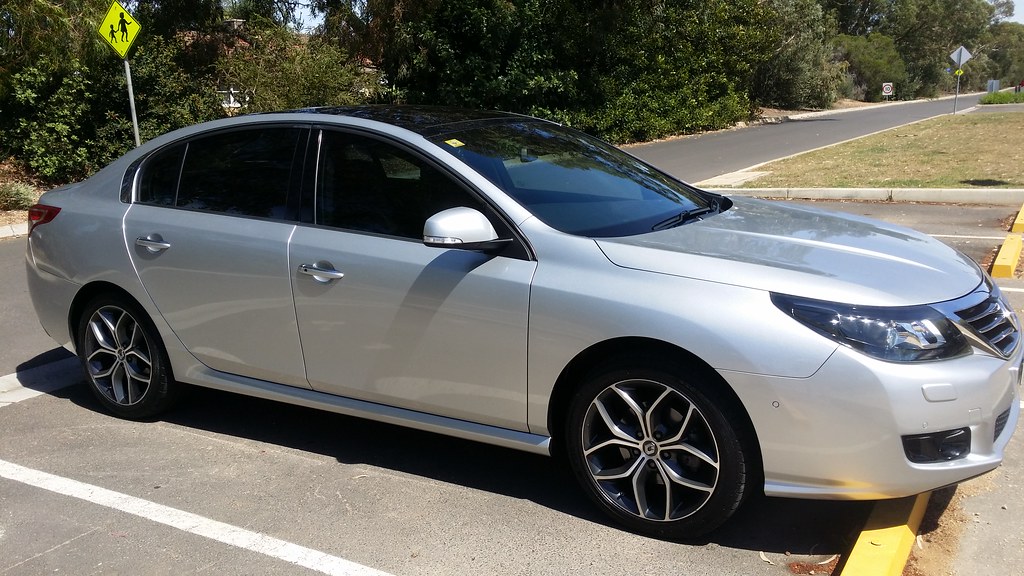
2. **Renault 5 Turbo**
Imagine a rally car disguised as a city car, with aggressive bodywork and a mid-engine layout that turned the hot hatch concept on its head. That’s precisely what the Renault 5 Turbo delivered, a truly radical machine produced from 1980 to 1986. Originally designed for the fiery crucibles of rallying, this compact beast brought raw performance and a distinctive European flair to the streets.
Underneath its pumped-up wide fenders, which gave it an undeniably aggressive stance, lay a 1.4-liter turbocharged inline-four engine. This relatively small powerplant managed to produce an impressive 158 horsepower, an astounding figure for a car of its compact size and era. The wide fender flares, combined with its unique mid-engine layout and undeniable rally heritage, made it a desirable car for enthusiasts who appreciated its clever engineering and exhilarating performance on both road and track.
The Renault 5 Turbo was more than just a car; it was a statement. Its audacious design and commitment to performance, born from the rigorous demands of rally stages, solidified its place as a unique gem in automotive history. For true gearheads, this isn’t just a forgotten hot hatch; it’s a testament to audacious engineering and a reminder that true excitement often comes in unexpected packages, ready to conquer any road with its agility and spirit.
Car Model Information: 2025 Audi Q7 55 Premium Plus
Name: Renault 5 Turbo
Manufacturer: Renault
Production: 1980–1984
Assembly: Dieppe
Class: Sport compact
BodyStyle: hatchback
Related: Renault 5
Layout: RMR layout
Engine: ubl
Transmission: Manual transmission
Wheelbase: 2430 mm
Abbr: on
Length: 3660 mm
Width: 1750 mm
Height: 1320 mm
Weight: 970 kg
Successor: Renault Clio V6 Renault Sport
Designer: Marcello Gandini
Categories: All articles with unsourced statements, Articles with French-language sources (fr), Articles with Spanish-language sources (es), Articles with hAudio microformats, Articles with short description
Summary: The Renault 5 Turbo or R5 Turbo is a rear mid-engine, rear-wheel-drive layout sports car, produced by French automaker Renault, loosely based on their popular Renault 5 hatchback, primarily designed to compete in rally sports. Launched at the Brussels Motor Show in January 1980, the car was sold in a street-legal version, to comply with homologation minimum production numbers regulations, certifying that the R5 Turbo was to a sufficient extent indeed a “production car”.
Despite a hefty price-tag, market demand for the Renault 5 Turbos exceeded the required homologation production minimums, such that a total of 4,987 (1,820 Turbo 1 and 3,167 Turbo 2) R5 Turbos were manufactured during the six-year production run.
Get more information about: Renault 5 Turbo
Buying a high-performing used car >>>
Brand: Renault Model: 5 Turbo
Price: $55,675 Mileage: 20,490 mi.
Read more about: Built to Last: 10 Legendary Vehicles That Rarely Need a Major Engine Overhaul
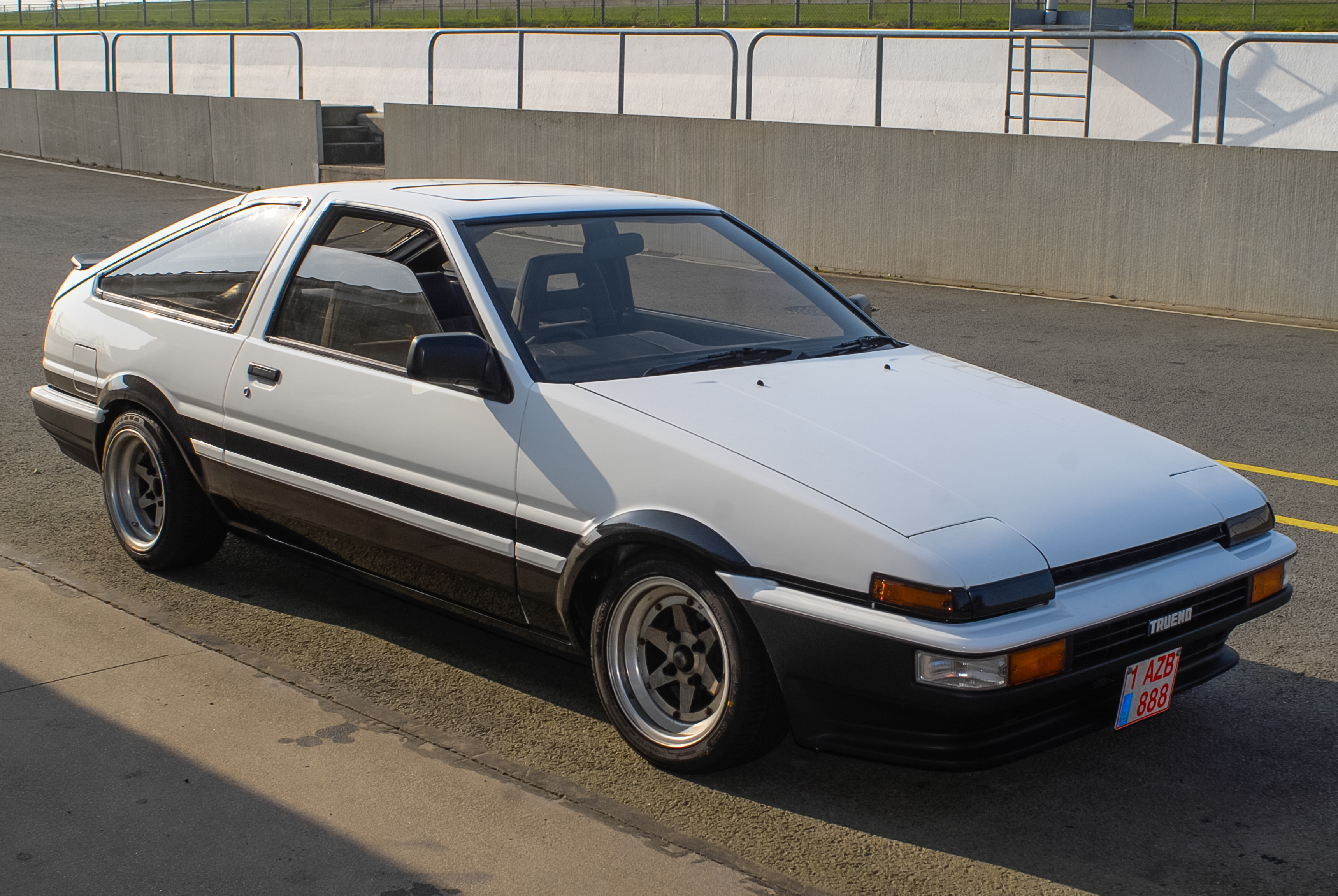
3. **Toyota AE86**
When we talk about cult classics from the ’80s, the Toyota AE86 absolutely demands a spot at the top of the list. Known affectionately as the Corolla Levin or Sprinter Trueno, this car, produced from 1983 to 1987, transcended its humble origins to become a legend. It wasn’t about raw power; it was about purity, balance, and an almost telepathic connection with the driver, making it a standout even decades later.
At its heart, the AE86 featured a 1.6-liter inline-four engine, producing around 130 horsepower. While that might not sound like much by today’s standards, this car was renowned for its incredibly lightweight design and, crucially, its rear-wheel-drive layout. This combination made it a masterclass in driving dynamics, offering an unadulterated experience that focused on driver skill and feel rather than brute force. Its exceptional handling and perfect balance are still talked about with reverence today.
For many, the AE86 gained widespread fame in the nascent drifting scene, becoming an icon that inspired a generation of motorsport enthusiasts and even played a starring role in anime culture. True gearheads recognize it not just as a car, but as a symbol of accessible performance and a testament to the joy of driving. It’s a machine that proves you don’t need outrageous horsepower to be an absolute blast behind the wheel, especially when the engineering focuses on engagement and agility.
Read more about: Unmasking the Speed Demons: A Deep Dive into the 13 Car Models Most Often Ticketed in the U.S.
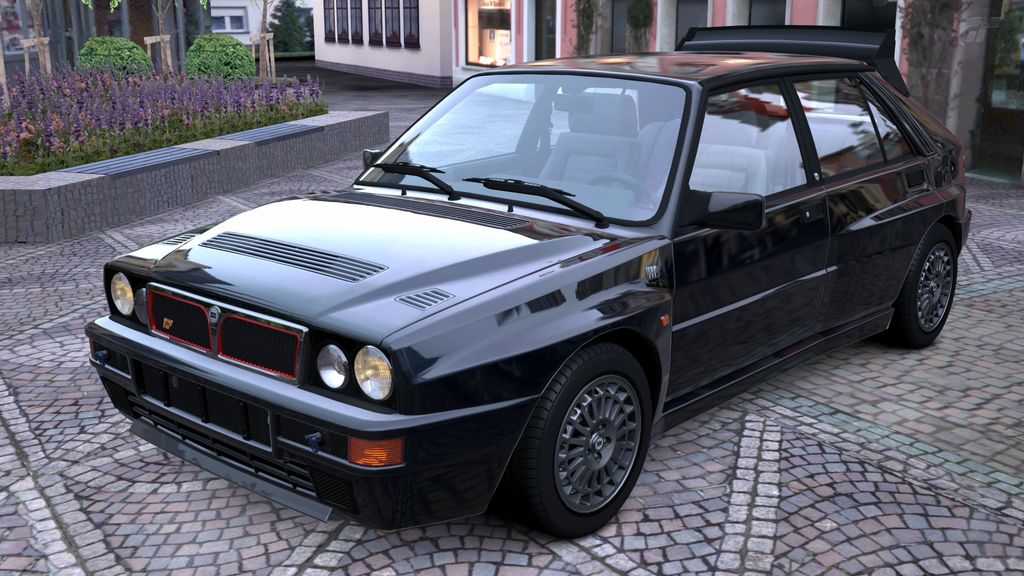
4. **Lancia Delta Integrale**
If there’s one car that screams “rally legend” louder than a full-throated exhaust note, it’s the Lancia Delta Integrale. Produced from 1987 to 1994, this machine wasn’t just rally-bred; it was rally royalty. Known for its revolutionary all-wheel-drive system and turbocharged power, the Integrale was an unstoppable force that dominated the World Rally Championship like no other before it, cementing its place in motorsport history.
This Italian masterpiece featured a potent 2.0-liter turbocharged inline-four engine, capable of producing up to 210 horsepower in its later versions. But it wasn’t just the power; it was the way that power was delivered to all four wheels, giving it unparalleled grip and control on any surface. Its distinctive boxy design and aggressive stance weren’t just for show; they were functional elements of a car built for uncompromising performance.
The Integrale’s unparalleled success, including six consecutive manufacturer titles in the World Rally Championship, allowed it to eclipse legends like the Lancia Stratos and the Audi Quattro. The car’s spirit and agility on the rally stages truly made it an icon, capturing the hearts of fans worldwide. It not only rewrote the rules of rallying but also set a new benchmark for what an all-wheel-drive performance car could achieve, making it a highly coveted machine among enthusiasts who appreciate its rich racing pedigree and exceptional handling.
Car Model Information: 2025 Audi Q7 55 Premium Plus
Name: Lancia Delta
Caption: Lancia Delta HF Integrale Evoluzione (first generation, 1992 model year)
Manufacturer: Fiat Auto
Production: 1979–1999,2008–2014
Class: Small family car
BodyStyle: Hatchback
Layout: Transverse engine,Front-engine, front-wheel-drive layout
Categories: 1980s cars, 1990s cars, 2000s cars, 2010s cars, All articles with dead external links
Summary: The Lancia Delta (stylized Lancia δ) is a small family car produced by Italian automobile manufacturer Lancia in three generations. The first generation (1979–1994) debuted at the 1979 Frankfurt Motor Show, the second generation (1993–1999) debuted at the 1993 Geneva Motor Show, and the third generation (2008–2014) debuted at 2008 Geneva Motor Show.
The first generation Delta dominated the World Rally Championship during the late 1980s and early 1990s. The homologation requirements of Group A regulations meant marketing road-going versions of these competition cars — the Lancia Delta HF 4WD and HF Integrale. A total of 44,296 Integrales were produced. Total production number of the Delta first generation was 478,645 cars.
Get more information about: Lancia Delta
Buying a high-performing used car >>>
Brand: Lancia Model: Delta Integrale
Price: $55,675 Mileage: 20,490 mi.
Read more about: Beyond Mr. Bean: An Exclusive Look Inside Rowan Atkinson’s Storied Garage, Home to McLarens, Bespoke Rolls-Royces, and Racetrack Legends
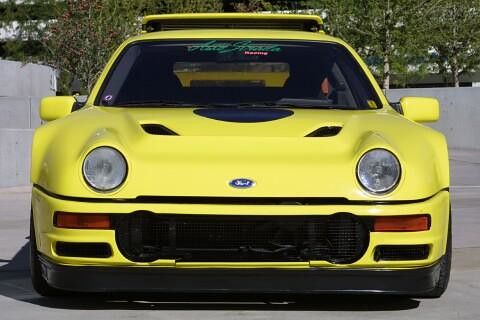
5. **Ford RS200**
Step right up, Group B fans, because we’re talking about one of the most extreme and exclusive machines ever conceived: the Ford RS200. Produced for a fleeting moment between 1984 and 1986, this mid-engine, all-wheel-drive sports car wasn’t just built for Group B rally racing—it was a pure manifestation of its cutthroat spirit. Imagine a car born from the fiery crucibles of rallying, stripped down and beefed up for one purpose: speed.
Powering this rally beast was a 1.8-liter turbocharged inline-four engine, which, even in its road-going version, cranked out a formidable 250 horsepower. This power, combined with its advanced all-wheel-drive system, meant the RS200 was designed to accelerate with brutal efficiency on any terrain. Its unique design, dictated by the rigorous demands of Group B regulations, made it instantly recognizable, with a silhouette unlike anything else on the road.
The RS200’s rally heritage and extremely limited production run made it a rare gem that true gearheads not only recognize but deeply admire. It’s a testament to an era of unbridled motorsport innovation, where engineering pushed boundaries with little compromise. For those who appreciate raw performance and exclusivity, the RS200 remains a visceral reminder of a golden age of rallying, a machine of unparalleled focus and intensity.
Read more about: Beyond the Alarm: 13 Subtle Silent Heart Attack Signs Women Over 50 Must Recognize for Lifesaving Early Action
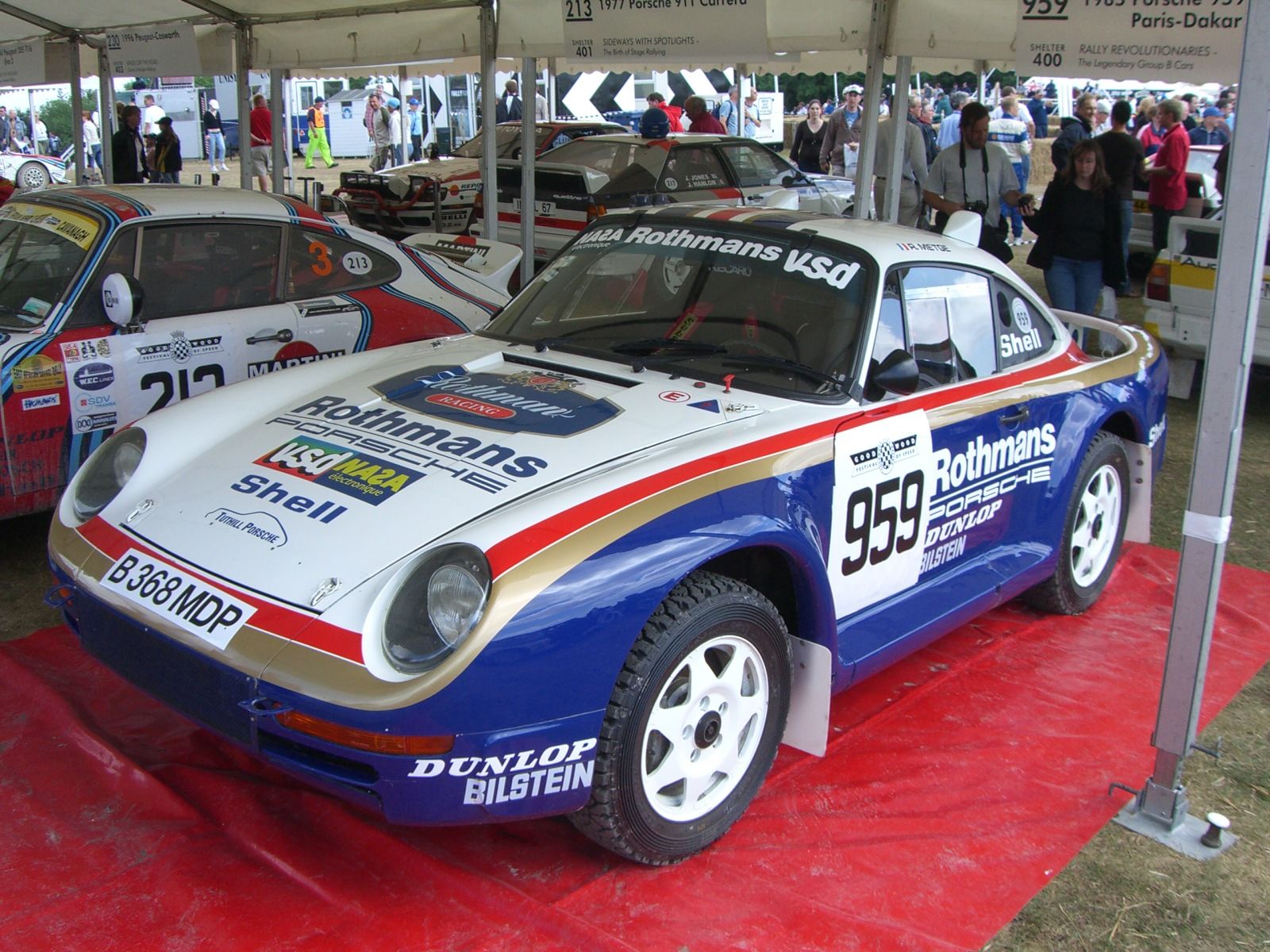
6. **Porsche 959**
Prepare yourselves, because the Porsche 959 wasn’t just a car; it was a technological marvel, an actual spaceship on wheels that landed in the mid-1980s. Produced from 1986 to 1989, this machine was so far ahead of its time that it made other supercars feel like wooden carts. Porsche didn’t just build it to go fast; they built it to redefine what was humanly possible on four wheels, shaking up the entire automotive industry.
Underneath its sleek, aerodynamic body, the 959 packed a 2.8-liter twin-turbocharged flat-six engine that unleashed a staggering 444 horsepower. This incredible power was managed by an advanced all-wheel-drive system and computer-controlled suspension, making it feel like something plucked straight from the future in a decade that still loved cassette tapes. With a top speed of 197 mph, it wasn’t just fast—it was officially the fastest production car of its time, leaving rivals scrambling to catch up.
The 959’s advanced engineering, rarity, and breathtaking performance make it a car that true gearheads appreciate for its sheer innovation and lasting legacy. It was originally conceived as a Group B rally car, which perfectly explains its extreme engineering and capabilities. It was so technologically advanced that legends like Bill Gates had to fight a special act of Congress just to import their own, as it didn’t meet U.S. emissions or safety standards. To this day, the 959 still feels more modern than most cars from its era, truly rewriting the rulebook for supercars while looking like nothing else on Earth.
Read more about: The Ultimate Encore: 10 Cherished Cars That Rose From the Ashes, Reigniting Our Automotive Passion!
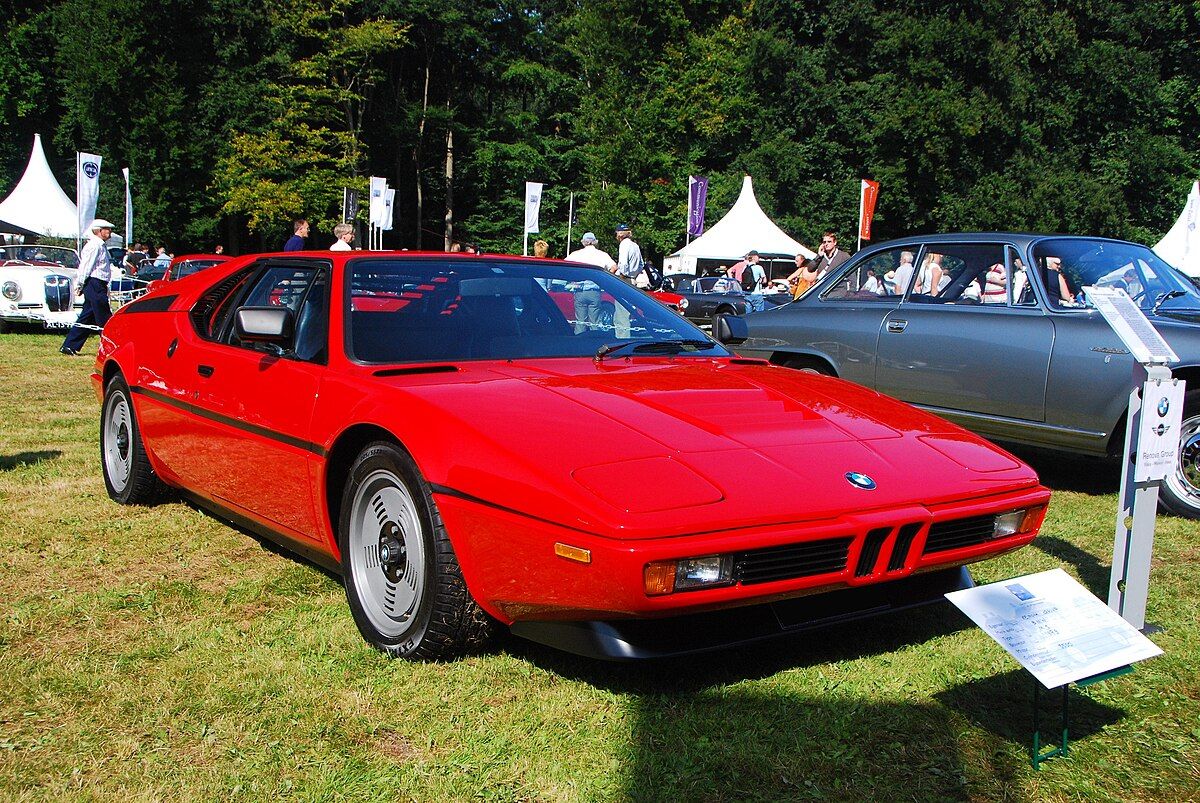
7. **BMW M1**
Before the M badge adorned every other BMW, there was the M1, the genesis of BMW’s high-performance division and a singular statement of intent. Produced from 1978 to 1981, the BMW M1 holds a unique place in history as BMW’s first and, to this day, only mid-engine supercar. It was a bold departure, a sleek, wedge-shaped marvel that dared to challenge the established exotic car hierarchy of the late ’70s and early ’80s.
The M1’s unmistakable bodywork was a masterpiece designed by the legendary Giorgetto Giugiaro, giving it an aggressive yet elegant profile that screamed performance. Underneath that stunning exterior, it featured a robust 3.5-liter inline-six engine, a powerplant that delivered 273 horsepower with a distinctive, sonorous howl. This engine, combined with its mid-engine layout, ensured that the M1 wasn’t just a looker; it was a genuinely formidable performer on both road and track.
Read more about: Unveiling the Most Dependable Rides: 14 Top SUV Models You Can Trust, According to Consumer Reports
With a severely limited production run of just 453 units, the M1 quickly became a highly desirable car among enthusiasts and collectors. Its motorsport pedigree, especially its role in the Procar series, further cemented its legendary status. True gearheads recognize the M1 not only for its exceptional performance but also for its profound significance in BMW’s history, laying the groundwork for every M car that followed. It’s a testament to a moment when BMW decided to go all-in on a true supercar, and the automotive world is richer for it.


